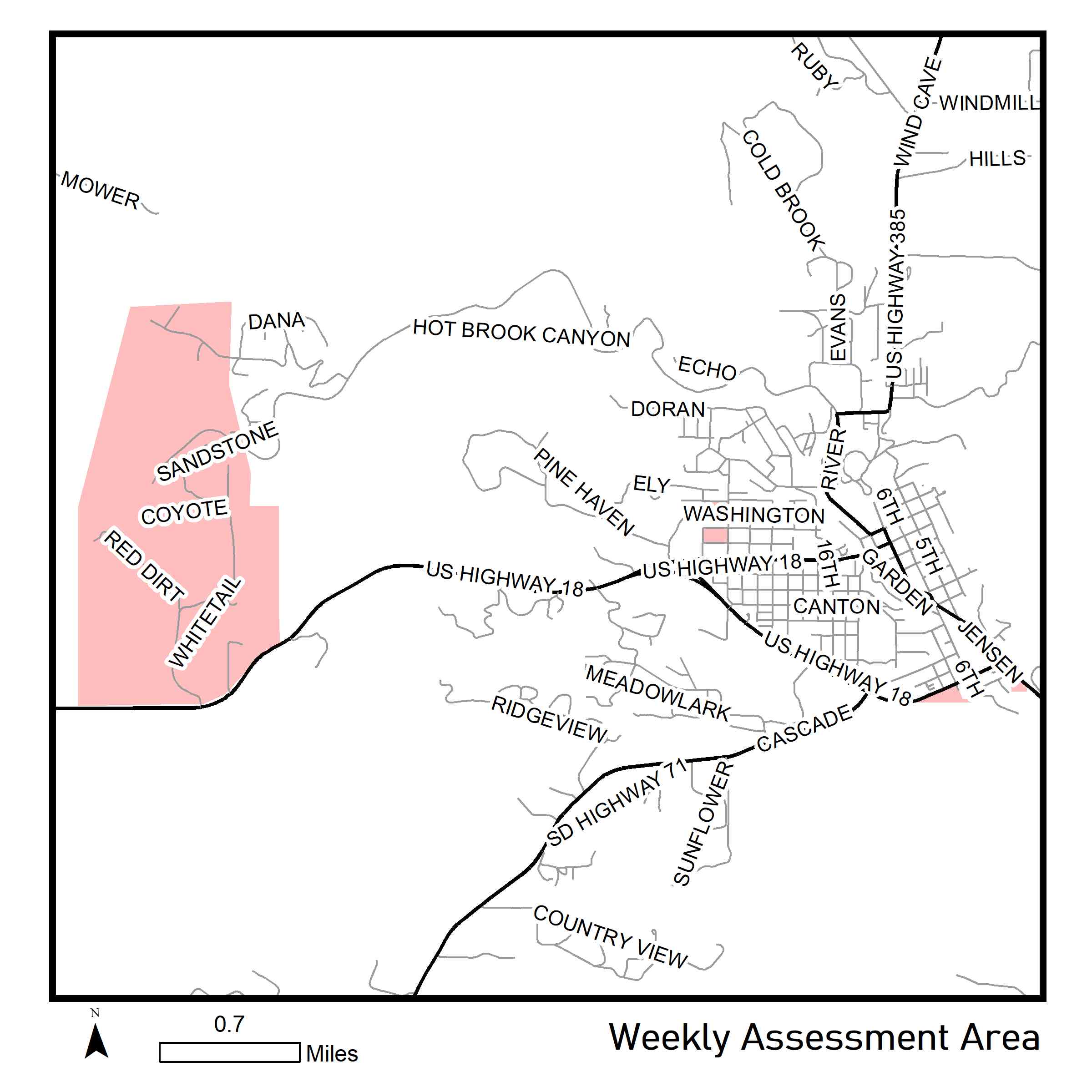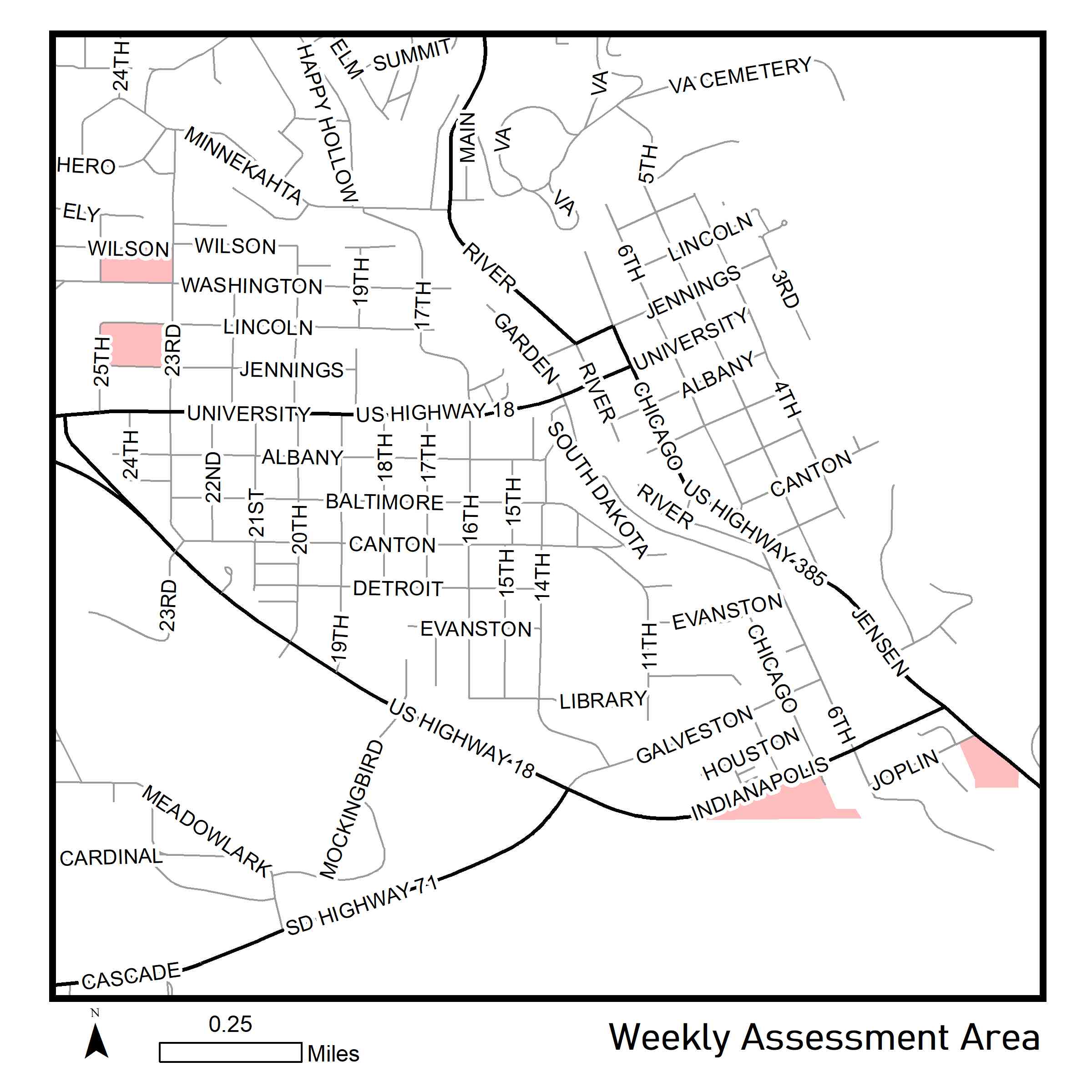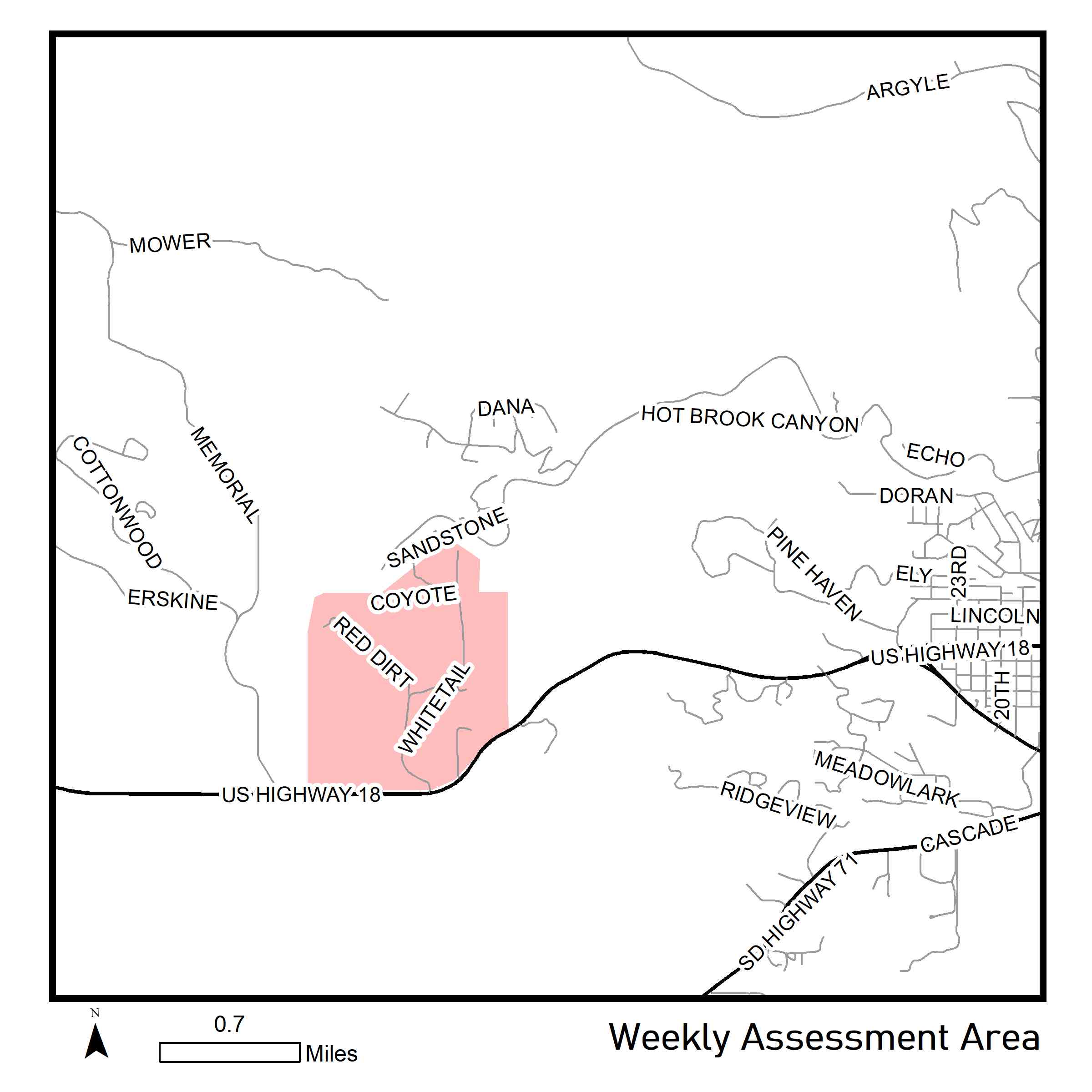Field Data Collection: The Fall River County Director of Equalization is accepting applications for a Field Worker position. This is a Part-Time Temporary position and will run from September 8 through November 20. Some flexibility in hours and days can be accommodated. This position will be assisting the assessors in inspections of property and gathering data to be used for assessment purposes. Data collection includes the measuring of buildings, taking photos and taking notes. Position requires a valid SD Driver’s License and the ability to work outdoors in all kinds of weather. There may also be the need for hiking up to 2 miles on back roads. Position would pay $11.00 per hour with no benefits. Contact the DOE at 605-745-5136 or [email protected] for more information. To be filled As Soon As Possible.
See employment page for application




